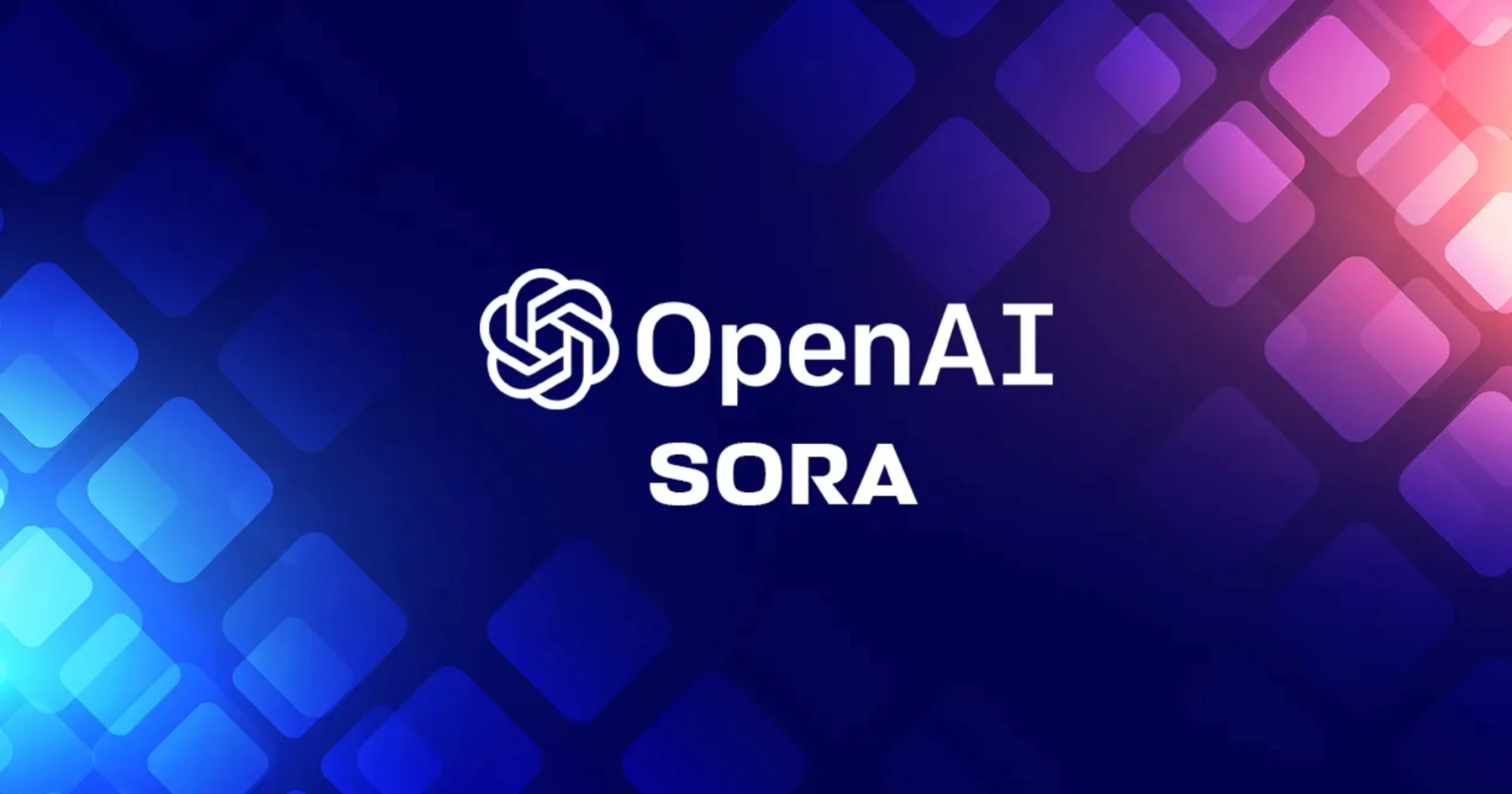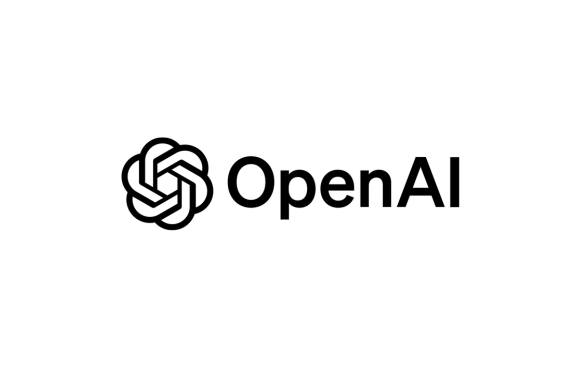Sora: OpenAI’s Groundbreaking Video Generation Model
Introduction
Sora, OpenAI’s latest advancement in generative AI, sets a new standard in video creation. Designed to empower creators and storytellers, Sora can generate videos from text, images, and existing videos, blending cutting-edge technology with safety-focused deployment strategies. The model promises to revolutionize storytelling while carefully addressing ethical challenges tied to its capabilities.
Overview of Sora
Sora is a diffusion-based video generation model capable of creating videos up to 1080p resolution, with a maximum duration of 20 seconds. Key functionalities include:
- Text-to-Video Creation: Generate entirely new videos from descriptive text prompts.
- Image Animation: Transform static images into detailed animations.
- Video Enhancement: Extend existing videos or fill in missing frames.
- Content Remixing: Blend or refine assets for creative expression.
Sora employs a diffusion process, beginning with static noise and iteratively refining it into coherent video frames. By processing multiple frames simultaneously, the model ensures continuity of subjects, even if they temporarily leave the scene. Its transformer architecture, akin to GPT models, offers exceptional scalability and performance.
Sora’s innovative use of recaptioning, derived from DALL·E 3, ensures the model closely adheres to user instructions. This enables the creation of videos with unparalleled precision, whether they are initiated from text, static images, or existing videos.
Technical Foundation
Sora integrates methodologies inspired by large language models (LLMs). Where LLMs use text tokens, Sora utilizes visual patches to encode video data. Videos are compressed into a latent space and decomposed into space-time patches, enabling efficient training and generalization across diverse datasets.
Training Data Sources:
- Publicly Available Datasets: Standard machine learning datasets and web crawls.
- Proprietary Data: Curated datasets through partnerships with platforms like Shutterstock and Pond5.
- Human Feedback: Data from AI trainers, external testers, and internal teams.
A rigorous preprocessing pipeline filters explicit, violent, or otherwise sensitive content to ensure training data aligns with OpenAI’s ethical standards.
Risk Identification and Mitigations
OpenAI undertook an extensive evaluation of Sora’s potential risks and benefits, leveraging insights from:
- External Red-Teaming: Collaborations with testers across nine countries to probe weaknesses.
- Early Artist Access: Feedback from over 300 creators across 60 countries informed model improvements and safety enhancements.
Key safety measures include:
- Age Restrictions: Sora is available only to users aged 18 and older.
- Moderation Layers: Multi-modal classifiers analyze both inputs and outputs for policy violations.
- Transparency Tools: Watermarks and metadata ensure generated videos are identifiable as AI creations.
Mitigation Stack
Sora’s mitigation framework spans technical, policy, and user-education components:
-
System-Level Mitigations:
- Multi-modal Moderation Classifiers: Detect violations in text, image, and video inputs and outputs.
- Custom LLM Filters: Precision-targeted moderation without added latency.
- Output Classifiers: Specialized filters for sensitive content like NSFW material, minors, and violence.
-
Product-Level Policies:
- Prohibition of harmful or illegal content, including depictions of minors, non-consensual intimate imagery, and misleading media.
- Clear communication of usage guidelines and robust reporting mechanisms for violations.
Specific Risk Areas
-
Child Safety: Advanced classifiers and partnerships with organizations like Thorn ensure robust prevention, detection, and reporting of child-related content violations.
-
Nudity and Suggestive Content: Multi-layered moderation prevents the creation of NSFW or suggestive material. Thresholds are adjusted for public-facing content to maintain appropriateness.
-
Deceptive Content: Sora incorporates safeguards against the creation of misleading videos, such as deepfakes or election-related disinformation.
Provenance and Transparency
Sora emphasizes the importance of content traceability:
- C2PA Metadata: Verifiable origin data is embedded in all outputs.
- Visible Watermarks: Animated watermarks ensure viewers recognize AI-generated content.
- Internal Reverse Video Search Tools: Enhance monitoring and enforcement.
Future Directions
OpenAI is committed to iterative improvements in Sora’s functionality and safety. Future initiatives include:
- Likeness Safeguards: Incremental rollout of real-person seed video capabilities, ensuring strict oversight.
- Enhanced Provenance Tools: Collaboration with NGOs to expand transparency and traceability systems.
- Bias Mitigation: Refinements to reduce demographic and representational biases in outputs.



